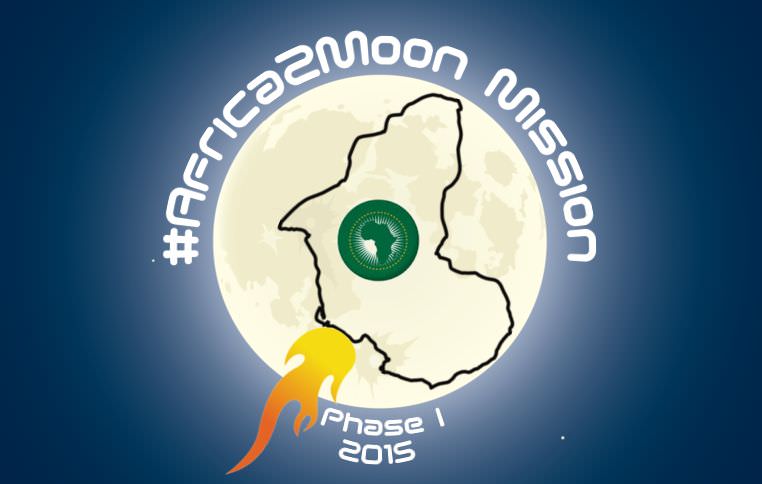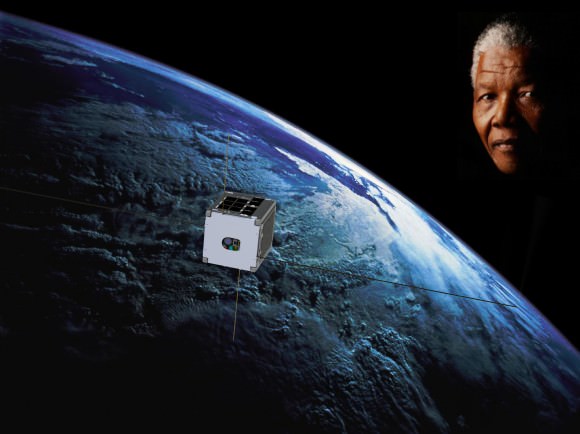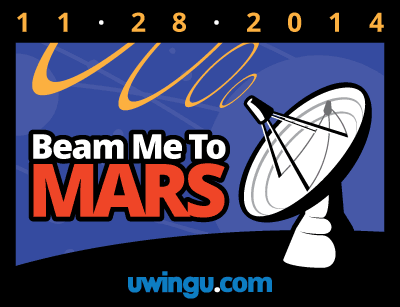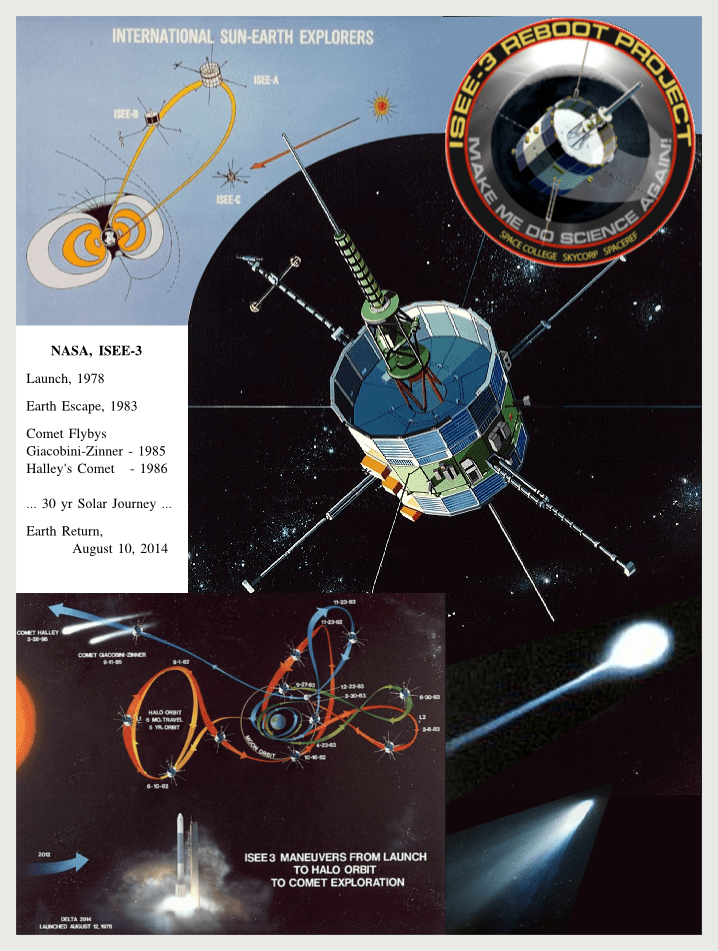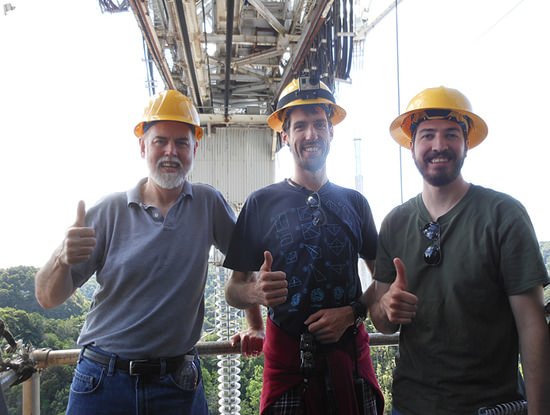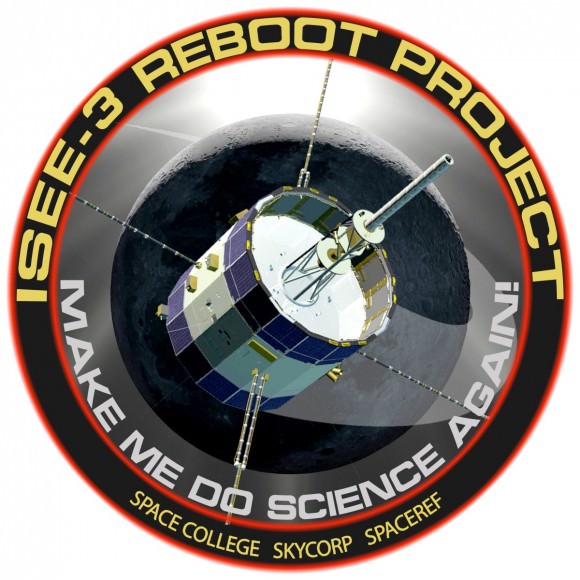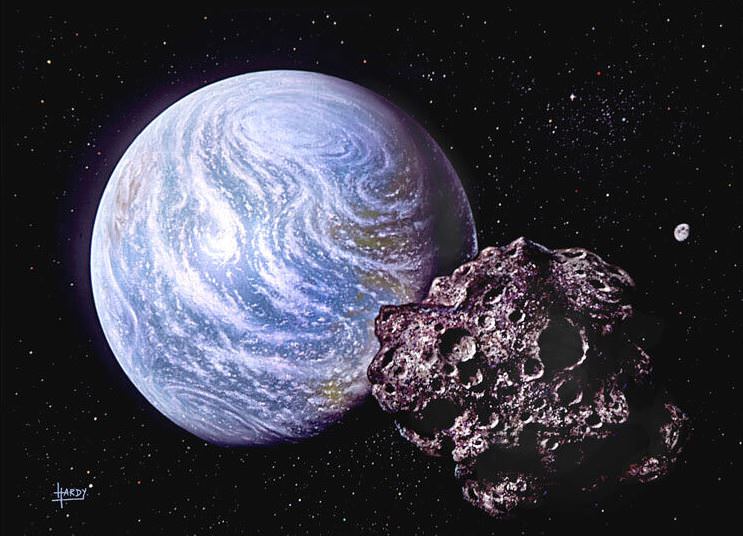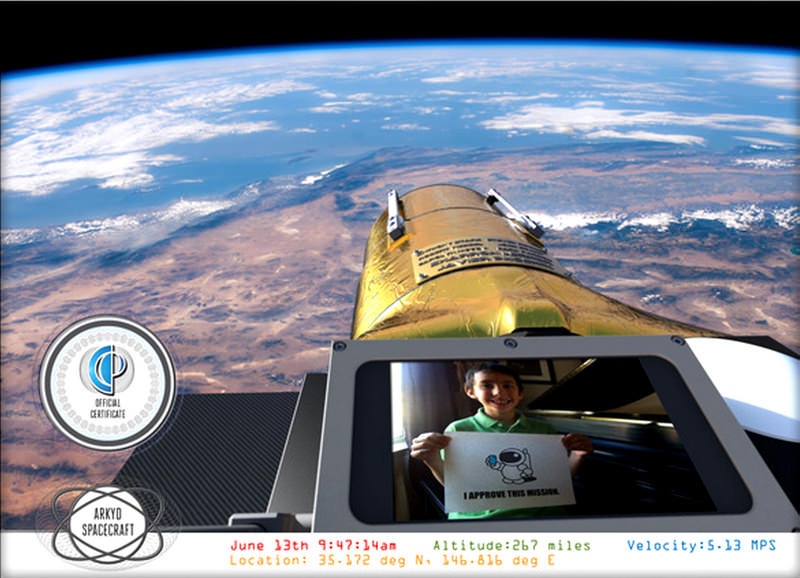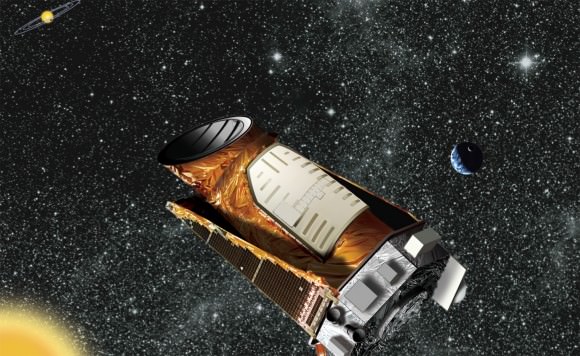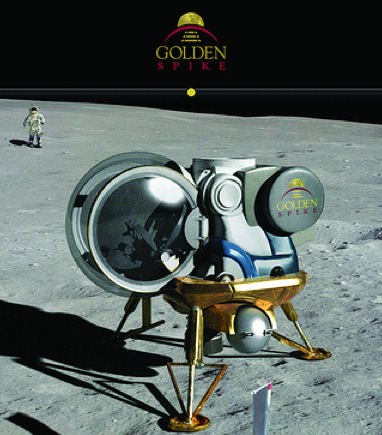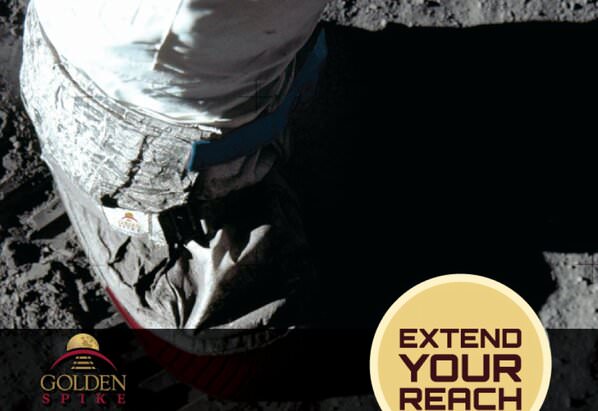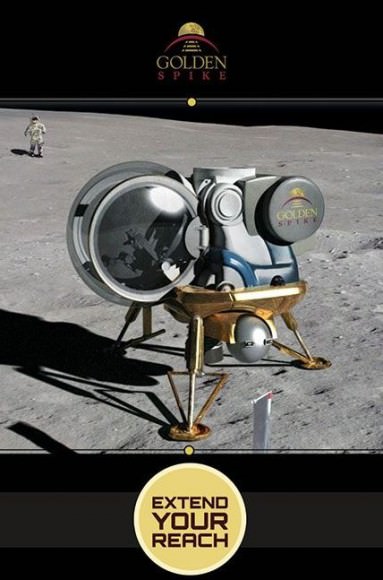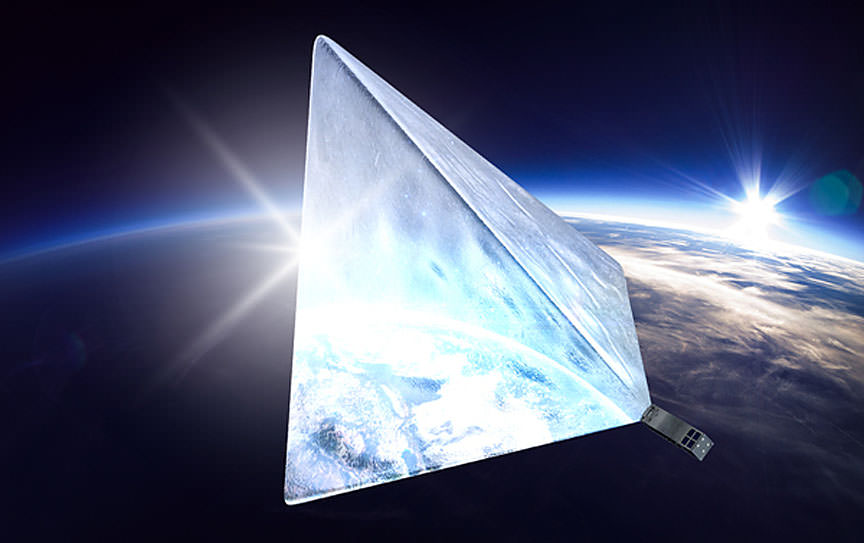
We may soon look up and see a satellite brighter than the space station and even Venus gliding across the night sky if a Russian crowdfunding effort succeeds. An enthusiastic team of students from Moscow University of Mechanical Engineering are using Boomstarter, the Russian equivalent of Kickstarter, to raise the money needed to build and launch a pyramid-shaped satellite made of highly reflective material they’re calling Mayak, Russian for “Beacon”.
Young engineers at Moscow University explain the Mayak Project
To date they’ve collected more than $23,000 or 1.7 million rubles. Judging from the video, the team has built the canister that would hold the satellite (folded up inside) and performed a high-altitude test using a balloon. If funding is secured, Beacon is scheduled to launch on a Soyuz-2 rocket from the Baikonur Cosmodrome in the second quarter of this year.
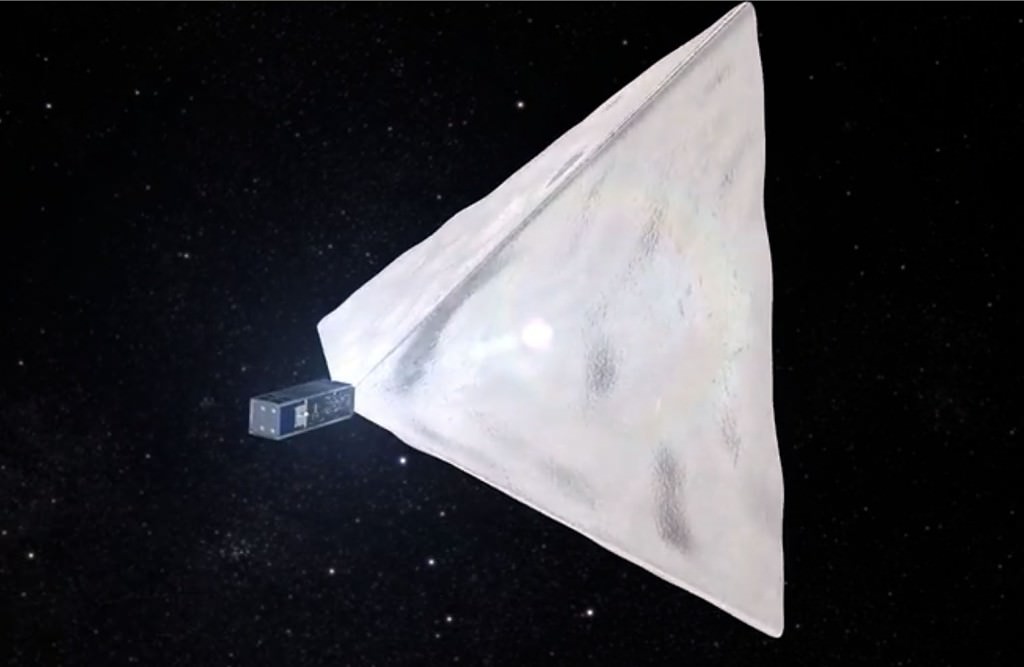
Once in orbit, Beacon will inflate into a pyramid with a surface area of 172 square feet (16 square meters). Made of reflective metallized film 20 times thinner than a human hair, the satellite is expected to become the brightest man-made object in orbit ever. That title is currently held by the International Space Station which can shine as brightly as magnitude -3 or about three times fainter than Venus. The brightest satellites, the Iridiums, can flare to magnitude -8 (as bright as the crescent moon) but only for a few seconds before fading back to invisibility. They form a “constellation” of some 66 satellites that provide data and voice communications.
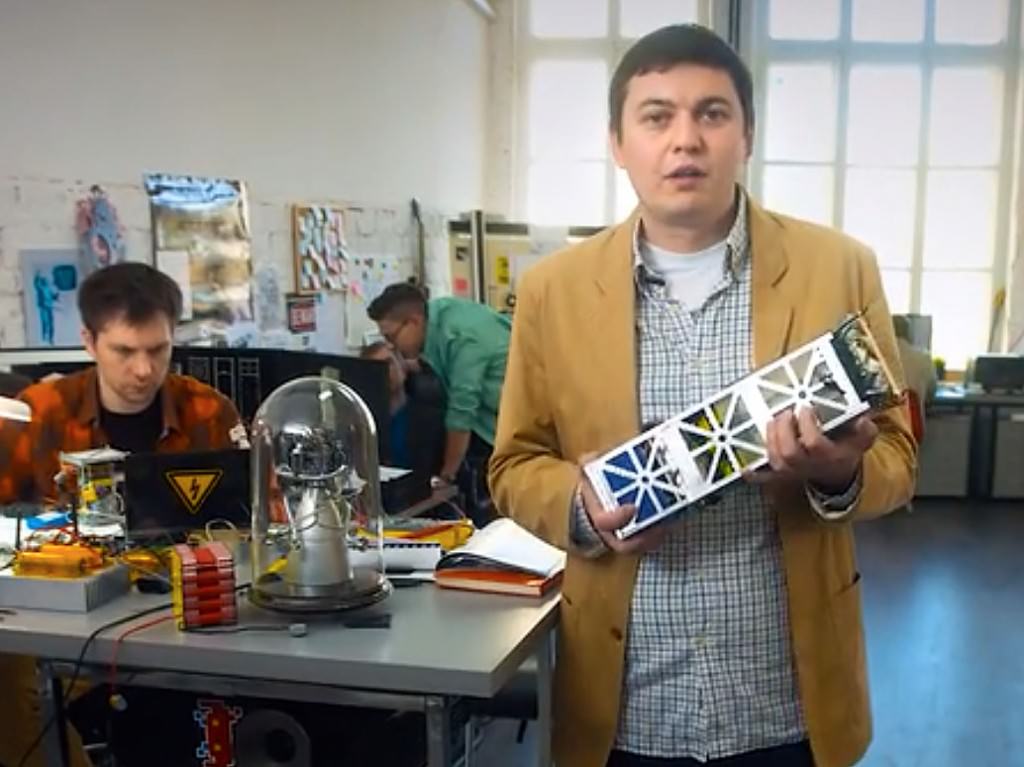
A concurrently-developed mobile app would allow users to know when Beacon would pass over a particular location. The students hope to achieve more than just track a bright, moving light across the sky. According to their website, the goal of the project is the “popularization of astronautics and space research in Russia, as well as improving the attractiveness of science and technology education among young people.” They want to show that almost anyone can build and send a spacecraft into orbit, not just corporations and governments.
Further, the students hope to test aerodynamic braking in the atmosphere and find out more about the density of air at orbital altitudes. Interested donors can give anywhere from 300 rubles (about $5) up 300,000 ($4,000). The more money, the more access you’ll have to the group and news of the satellite’s progress; the top donor will get invited to watch the launch on-site.
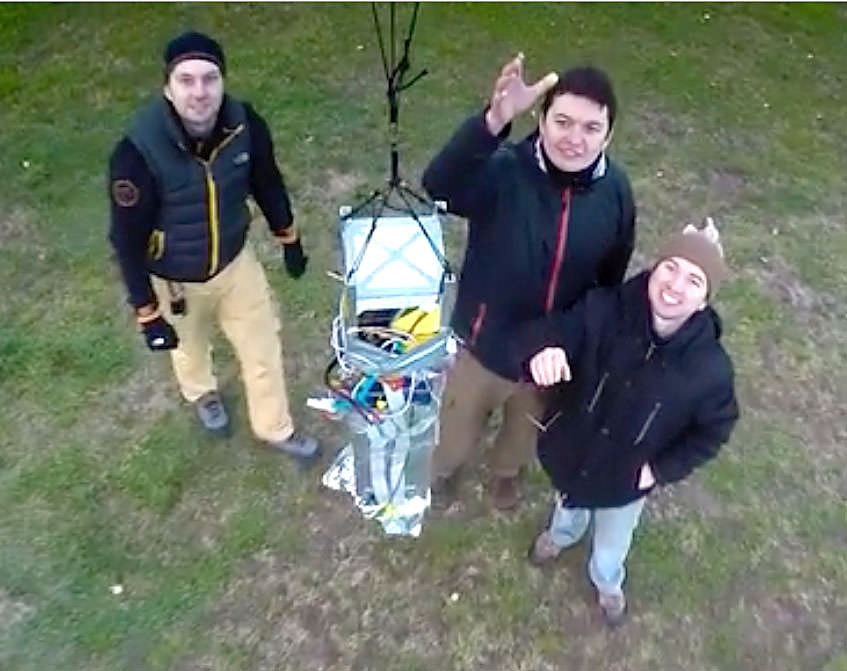
Once finished with the Mayak Project, the team wants to built another version that uses that atmosphere for braking its speed and returning it — and future satellites — safely back to Earth without the need for retro-rockets.
I think all these goals are worthy, and I admire the students’ enthusiasm. I only hope that satellite launching doesn’t become so cheap and popular that we end up lighting up the night sky even further. What do you think?

